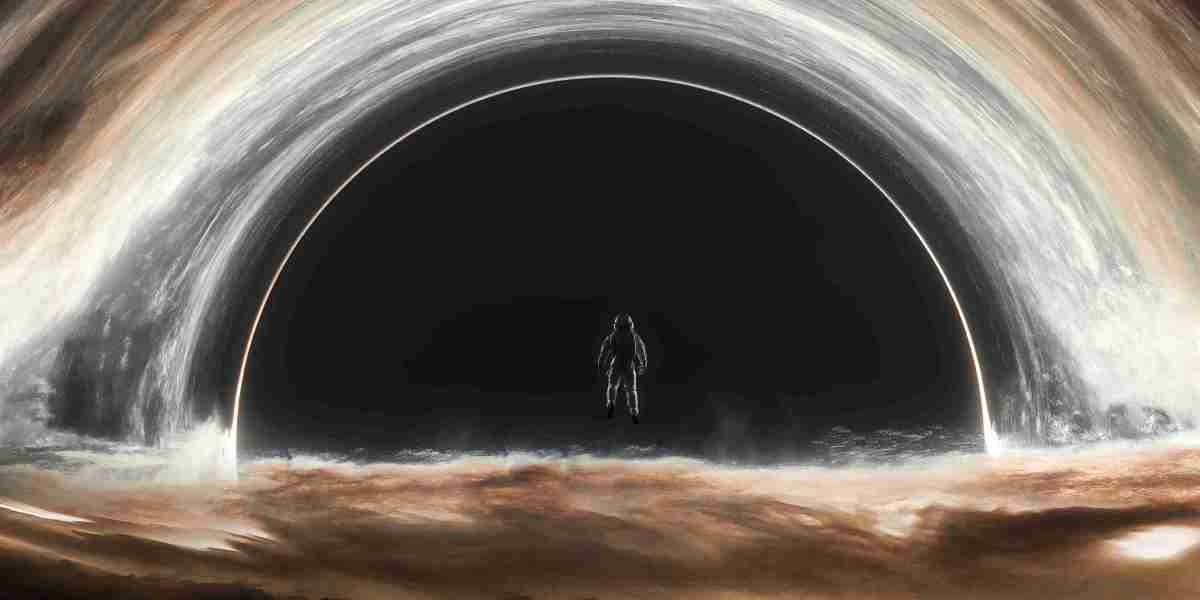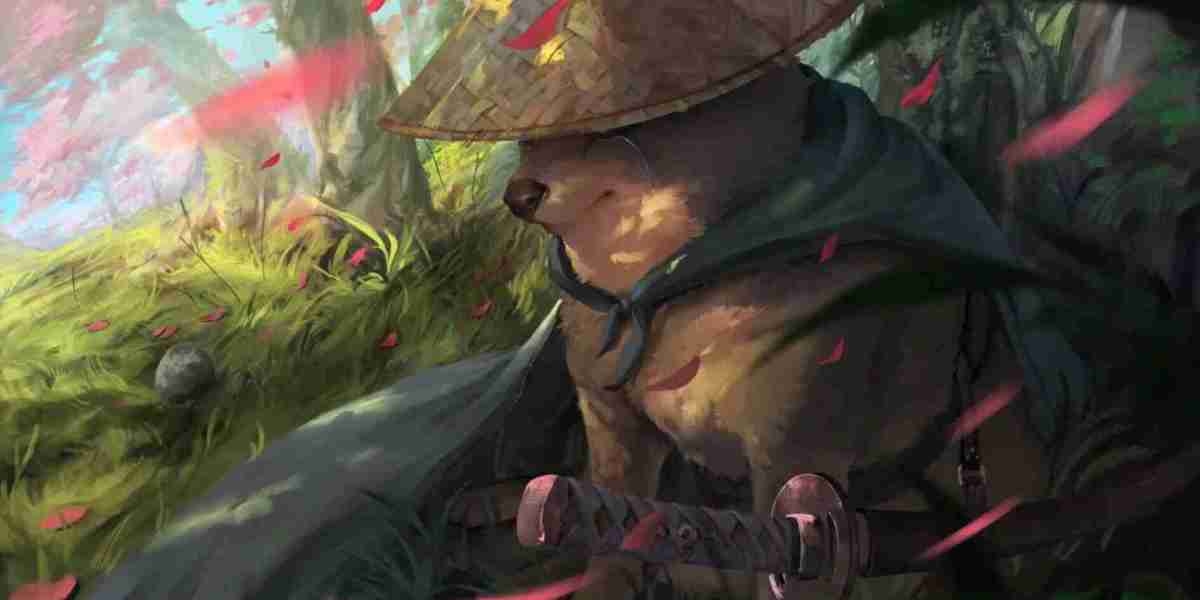When it comes to wildlife photography, having the right equipment can make all the difference. One of the most crucial accessories is the tripod for wildlife photography. This article will explore the essential features to consider when selecting a tripod that meets the demands of capturing stunning images in nature.

Stability and Weight Capacity
Stability is paramount in wildlife photography, especially when shooting at long distances or in windy conditions. A sturdy tripod can significantly reduce camera shake, allowing for sharper images. When evaluating a tripod for wildlife photography, consider the following:
- Weight Capacity: Ensure the tripod can support your camera and lens combination. A tripod with a higher weight capacity will provide better stability.
- Material: Tripods made from aluminum or carbon fiber offer durability and stability. Carbon fiber tripods are lighter, making them easier to carry during long hikes.
Height and Adjustability
Another critical aspect of a tripod for wildlife photography is its height and adjustability. A tripod that can extend to various heights allows for more flexibility in composition. Here are some points to consider:
- Maximum Height: Look for a tripod that can reach eye level or higher, especially when photographing animals at different elevations.
- Adjustable Legs: Tripods with adjustable leg angles can adapt to uneven terrain, which is often encountered in wildlife settings.
Portability and Weight
Wildlife photographers often find themselves trekking through various terrains, making portability a significant factor. A lightweight tripod for wildlife photography can ease the burden during long hikes. Consider the following:
- Weight: Opt for a tripod that balances stability with weight. Carbon fiber models are typically lighter but may come at a higher price.
- Compact Design: A tripod that folds down to a smaller size is easier to transport and store.
Head Type and Features
The tripod head is another essential component that affects usability. Different types of heads offer various advantages for wildlife photography:
- Ball Heads: These provide quick adjustments and are ideal for fast-paced shooting scenarios.
- Gimbal Heads: Perfect for heavy telephoto lenses, gimbal heads allow for smooth tracking of moving subjects.
In conclusion, selecting the right tripod for wildlife photography involves considering stability, height, portability, and head type. Investing in a quality tripod can enhance your photography experience and help you capture breathtaking images of wildlife. For a range of high-quality tripods, check out  .
.







